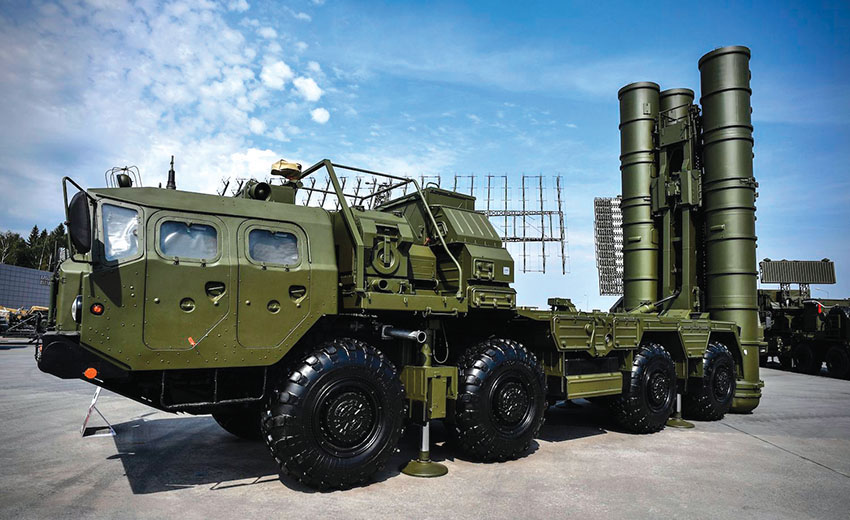India remains world’s second-largest arms importer amid shifting global trends
NEW DELHI. India has retained its position as the world’s second-largest importer of major arms, despite a 9.3 percent decline in its arms imports between 2015–19 and 2020–24, according to the latest report by the Stockholm International Peace Research Institute (SIPRI). The report, released on March 10 highlights global shifts in arms trade patterns, with India’s continued reliance on foreign weaponry driven by strategic concerns over China and Pakistan.

India’s arms imports accounted for a significant portion of global arms transfers, with 36 percent of its weaponry coming from Russia. However, this marks a sharp decline from previous decades when Russia supplied 55 percent of India’s imports in 2015-19 and 72 percent in 2010-14. The decreasing share of Russian arms imports reflects India’s ongoing efforts to diversify its defence procurement sources, enhance indigenous production, and reduce reliance on a single supplier.
France has emerged as a crucial arms supplier to India, providing 28 percent of India’s total arms imports, making India the largest recipient of French weaponry. This surge can be attributed to India’s acquisition of Rafale fighter jets and other defence systems from France. The US and Israel also remain key defence partners, supplying advanced missile systems, drones, and surveillance technology to bolster India’s military capabilities.
The SIPRI report underscores the shifting dynamics of the global arms trade. Ukraine emerged as the world’s largest arms importer in 2020-24, with its imports skyrocketing nearly 100 times compared to 2015-19. The war with Russia has driven Kyiv’s heavy reliance on Western military aid, particularly from the US, Germany, and Poland.
Arms imports in Europe surged by 155 percent during the same period, reflecting heightened security concerns following Russia’s invasion of Ukraine. Meanwhile, the US expanded its dominance in global arms exports, increasing its share to 43 percent, while Russia’s arms exports plummeted by 64 percent. France surpassed Russia as the world’s second-largest arms exporter, with a notable rise in arms supplies to European nations and India.

India’s consistent position as a top arms importer highlights the country’s ongoing modernisation of its military forces amid regional security challenges. The Indian government has intensified its push for self-reliance through the ‘Make in India’ initiative, promoting domestic defence manufacturing and reducing dependence on foreign suppliers.
Despite efforts to boost indigenous production, India continues to import advanced weaponry to bridge critical capability gaps. The diversification of suppliers, with increasing procurements from France, the US, and Israel, signals India’s strategic recalibration in the face of evolving geopolitical realities.
While India’s arms imports declined, Pakistan’s arms procurement surged by 61 percent between 2015-19 and 2020-24, with China supplying 81 percent of Pakistan’s total arms imports. This development underscores the intensifying regional arms race in South Asia.

Meanwhile, China’s own arms imports shrank by 64 percent as it ramped up domestic defence production. Japan, in contrast, nearly doubled its arms imports due to rising security concerns over China and North Korea.
Looking ahead, India’s defence landscape will likely witness increased investment in indigenous military capabilities alongside continued selective imports of advanced technologies. With a growing emphasis on joint ventures, technology transfers, and self-reliance, India is poised to strengthen its defence industry while maintaining strategic partnerships with key global suppliers.
As the global arms trade undergoes significant transformations, India’s defence procurement strategy remains crucial in shaping its military preparedness and geopolitical influence in the Indo-Pacific region.





